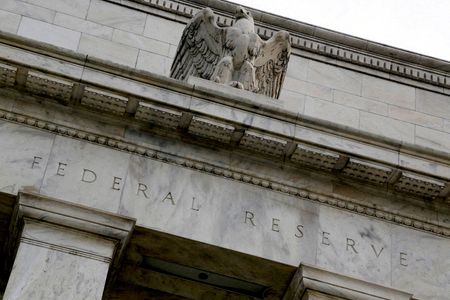A look at the day ahead in European and global markets from Wayne Cole
It’s been a slow day in Asian markets, no doubt with everyone tired and emotional after another rough week.
Japan’s flash PMI edged up to a still-contractionary 48.6, while services fared a bit better at 54.2. Analysts suspect a recession is still likely, but that’s hardly a novelty for Japan.
Presumably, European and U.S. PMIs will have more bearing for monetary policy and markets.
Japanese CPI growth slowed to 3.3% y/y as expected thanks to government subsidies on energy, but inflation ex-food and energy climbed to its highest since 1982 at 3.5%.
Normally that might add to pressure for the BOJ to water down its yield curve control, but it’s also less of a burning issue given the recent plunge in global bond yields.
It was notable that U.S. two-year Treasuries kept almost all of their massive gains with yields at 3.82%, having fallen an astonishing 126 basis points in 11 sessions and crushed a host of short positions in the process.
The whole yield curve from one month to 30 years is now below the overnight Fed rate, which is something you see only once in a very blue moon. While the 2-10 curve has dis-inverted markedly, that’s not a sign recession is less likely. Rather, history shows the curve steepens like this just before recession arrives, as short-term yields dive in anticipation of rate cuts.
Fed futures are currently 65% for no hike in May and 85% for a rate cut in July, a U-turn that the Fed is surely hoping to avoid. And it would be extremely unlikely were it just down to inflation and the economy. But there’s the banks.
Treasury Secretary Janet Yellen on Thursday tried to reassure markets that they would backstop depositors in a crisis, and it looks like there are bidders for some chunks of Silicon Valley Bank.
Yet the strains are showing in the Fed books as borrowing at its discount window as of Wednesday was a hefty $110.2 billion. Lending from the Fed’s new Bank Term Funding Program ballooned to $53.7 billion, suggesting some institutions simply can’t borrow anywhere else.
Even loans to foreign central banks surged to $60 billion, implying the supply of dollars through the interbank system is too expensive or just not available for some offshore banks. The Fed really is the lender of last resort.
The ECB is expected to reassure European Union leaders on Friday that euro zone banks are safe, while also pushing them to adopt a full EU deposit insurance scheme.
Key developments that could influence markets on Friday:
– Global PMIs, UK retail sales
– ECB President Lagarde is at the European Council meeting
– Bundesbank President Nagel speaks on inflation and the labour market, so expect fire and brimstone
– Federal Reserve Bank of St. Louis President Bullard gives a cosy fireside chat on the U.S. economy and monetary policy
(By Wayne cole; Editing by Edmund Klamann)


